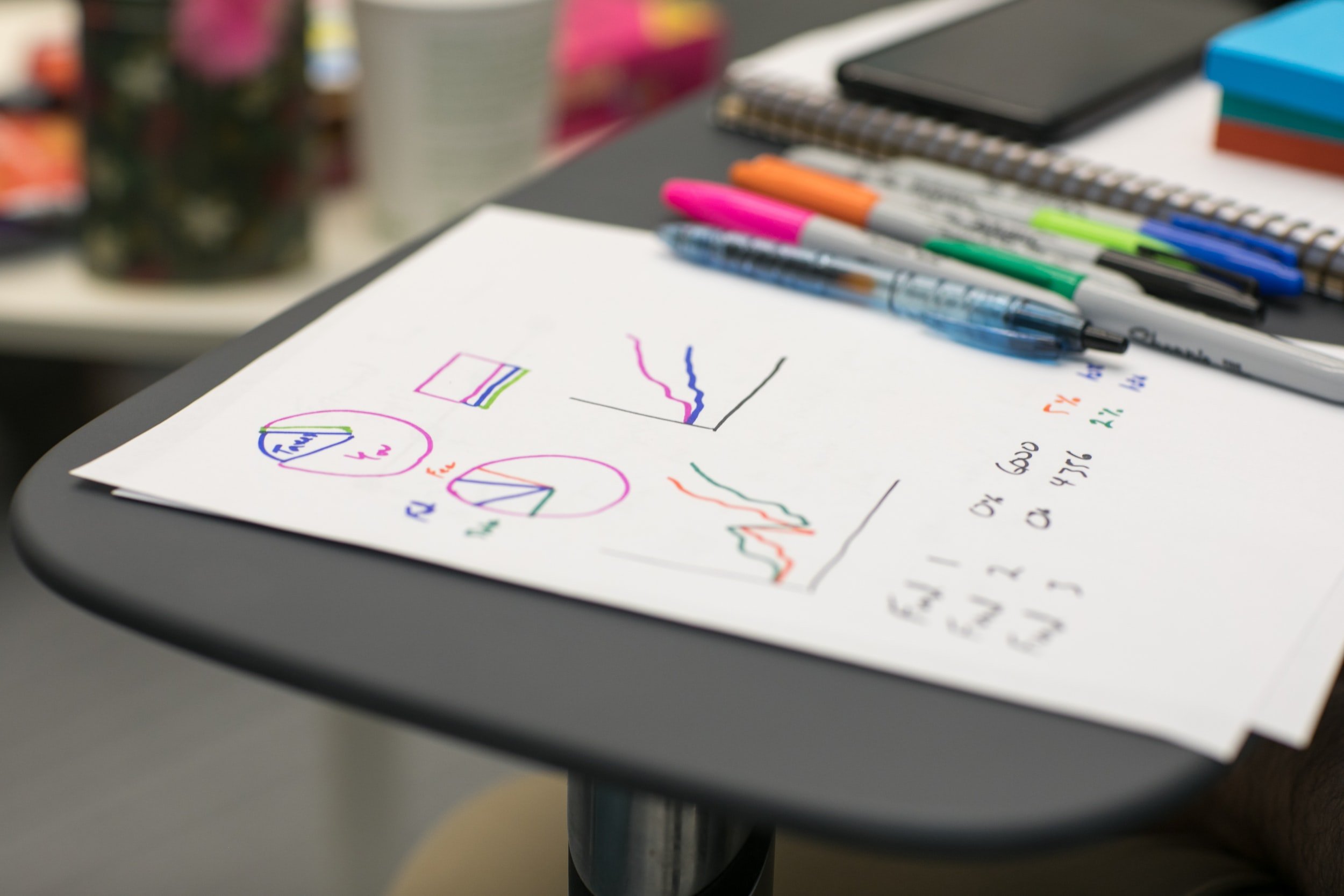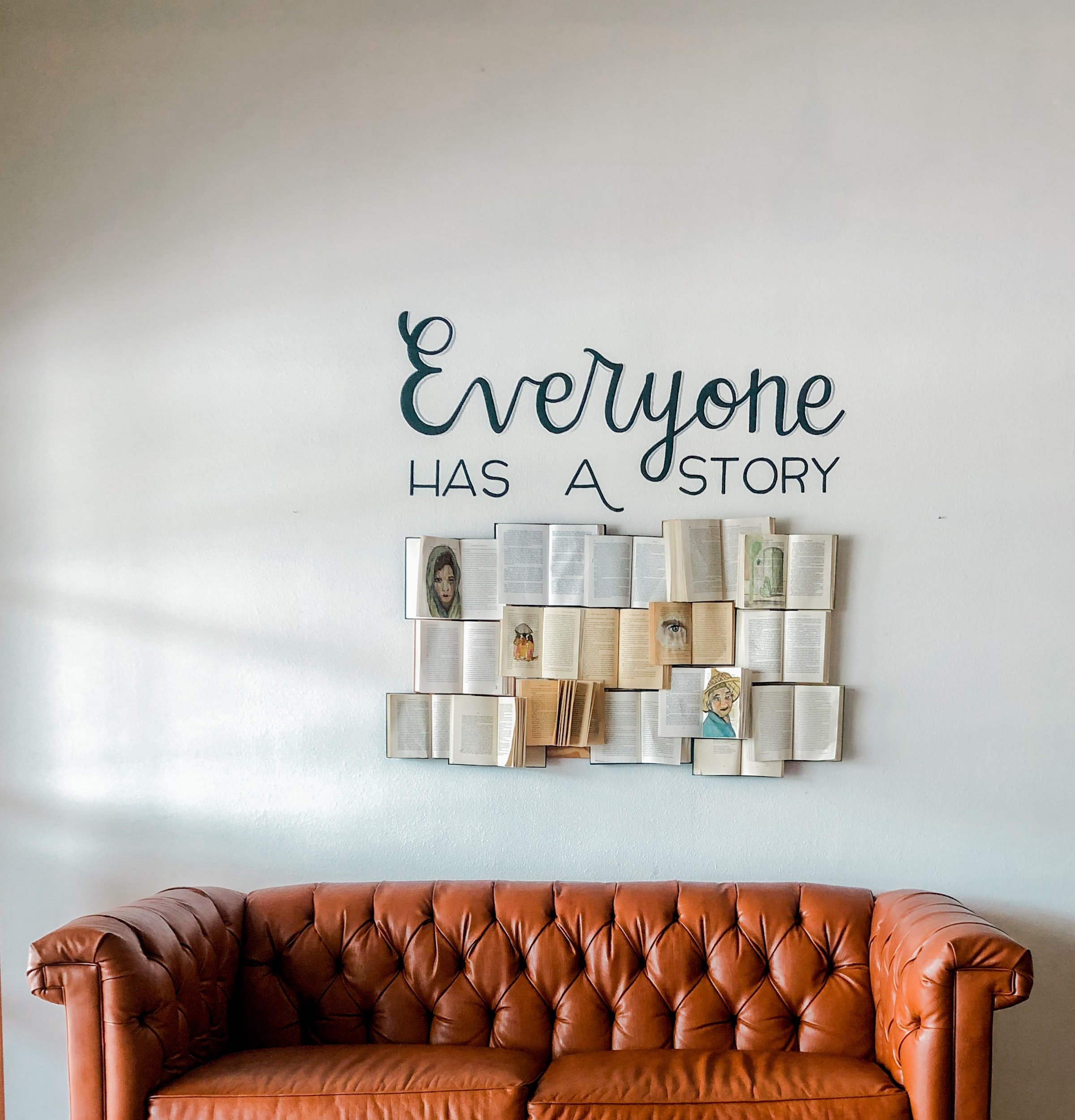Embracing AI as a collaborator in data visualisation design
Rapid advancements in Artificial Intelligence have instigated introspection across the data visualisation field. Though swathes of AI discourse are characterised by hype and gimmickry, if you cut through the noise, it’s clear we are facing a significant new era of technological progress. It’s time to evolve, or die, as the saying goes. But what should our relationship with AI be, particularly with generative AI? To what extent could our authentic craft be usefully augmented by an artificial one?
Statistical Research Methods: Providing Researchers with the Confidence to Understand Data
Dr James Abdey discusses the importance of statistical literacy and applications of methodologies to assist researchers in understanding their data and presenting their results clearly, objectively, and with confidence.
How Can Smart Use of Graphics Cut Through the Complexity of COVID-19?
To try and cut through the tangles of complexity wrought by a global pandemic, I’ve been working with Peter Evans (and his multi-talented daughter, Hamsi Evans) to put together some picture ‘explainers’ to help frame thinking. These are helping communicate around the complex problems we’re all facing and how to use social science research to tackle these.
The Public May Not Understand Logarithmic Graphs Used to Depict COVID-19
Mass media routinely portray information about COVID-19 deaths on logarithmic graphs. But do their readers understand them?
Turning COVID-19 into a data visualization exercise for your students
We will emerge from this pandemic with a better understanding of the world and an improved ability to teach others about it. For now, we need to be continuously analyzing the data and thinking about the lessons we can learn and apply. Here’s how you can join in!
At SAGE, we have been working with academics around improving and sharing teaching resources, especially for quantitative and computational methods in social sciences. Besides the mass remote and emergency teaching experiment happening right now, one of the positive things we can already identify and reuse to improve learning in methods courses is the glut of data visualizations. The absolute advantage here is that all these visualizations are produced (almost always) with the same raw input, telling a variety of different stories. What better way to explain the different uses and impact of visualizations and the use of different tools to students than examples based on the same data?
Imagining Forward: Visual Storytelling to Make Research Accessible for Practice
Learn about using qualitative data visualization in visual storytelling.
Resources for visualizing and mapping COVID-19 data
Research communities across the globe are tirelessly collecting, analyzing and sharing data to help us understand and tackle the coronavirus pandemic. Here’s a collection of resources that visualize, map and demystify COVID-19 data.
About Data Visualizations: Bar Graphs
Simple but powerful, bar graphs are one of the most common charts used to compare categorical data, which are data that can be grouped into categories like race and sex. Here Diana gives some tips for making the perfect Bar graph.
Using Visuals to Present and Explain Qualitative Data
Using visuals to explain our research helps readers understand our study and use our findings. We welcome Lydia Hooper for guest posts about qualitative research uses of data visualization.
How researchers around the world are making use of Weibo data
Zoufan posted her last words on Weibo on 18, March, 2012. She was suffering from a major depressive disorder, and shortly after - committed suicide. Weibo is a microblogging application, launched by Sina Corporation back in 2009, based on user relationships to share, disseminate and get information. In essence, it is similar to Twitter, although it has a number of other useful capabilities. The app has more than 400 million users (compared to Twitter’s 300 million) and features that enable the study of emotional states and responses to the topics being discussed or spread across the web.
A Data Visualization Sampler
Sample chapters and online resources let us gain a sense of the style and focus the authors take. Here are a few SAGE research books with chapters about data visualization you can explore.
Data Visualization in Qualitative Research
Learn about creative ways qualitative and mixed methods researchers use data visualization in these multidisciplinary open access books and articles.
Visual Data Collection meets Data Visualization
Researchers can start visualizing data from the beginning of the study by using visual methods to collect visual data. Technology tools help us capture and analyze visual exchanges with participants.
Experimenting with data visualization in virtual reality
To learn more about the potential for VR to transform data visualization, Katie Metzler worked with SAGE colleagues, Diana Aleman and Andrew Boney and the team at Datavized, a startup based in New York City, on a project to turn data from one of SAGE’s data products, SAGE Stats, into a 3D VR experience.










